The huge diversity of landscapes in Madagascar, the world’s fourth largest island, match its superlative range of endemic, exotic species. Five percent of all known species on the earth are found here, including 200 mammals, 300 types of birds, 260 of reptiles and over 266 amphibian species; a kaleidoscope of wildlife that lives in habitats ranging from tropical rainforest to desert and over 3,000 miles of coastline where huge coral reef systems – some of the largest in the world – are found.
This astonishing breadth of wildlife is a result of the fact that the island of Madagascar broke away from India around 88 million years ago – leaving its species to evolve in isolation. It’s for this reason that 103 species and subspecies of lemur exist here, while the island is thought to be where chameleons originated as two thirds of all chameleon species in the world live in this habitat.
A huge variety of endemic butterflies, spiders and dragonflies, as well as over 860 endemic types of orchid and six of the planet’s eight baobab species contribute to the incredible diversity of wildlife – large and small – that make Madagascar one of the globe’s absolute highlights for nature lovers.
Key species in Madagascar
Although huge parts of the islands are yet to be explored, the animals that have been discovered on this wildlife paradise range from the cuddly to the bizarre.If you’re lucky, you’ll see:
1) The ring-tailed lemur
The best known of all lemur species, ring-tailed lemurs are recognizable by their black and white striped tails. They live in female-dominated troops of around 17 animals in the dry forests in the southern parts of the island and spend an unusually large amount of their time on the ground compared with other lemur species.
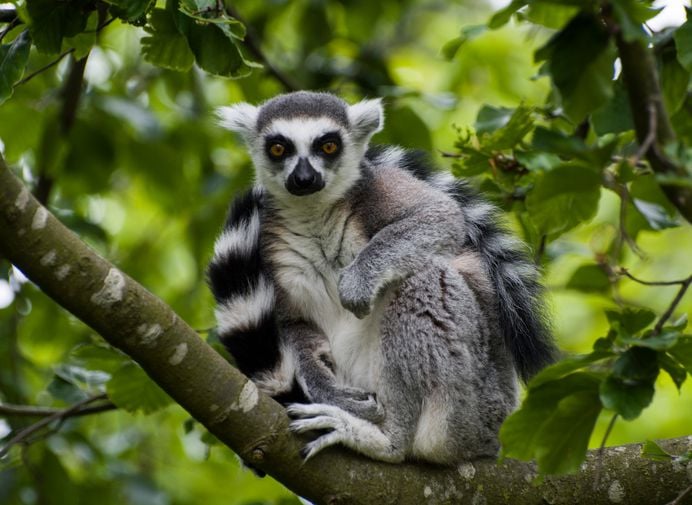
2) Fossa
another endemic species, the fossa is a carnivorous cat-like animal that is closely related to the mongoose family. It is the largest carnivore on the islands and lives in forests where it preys on smaller animals including reptiles, rodents and lemurs, using its ability to climb trees for hunting purposes.
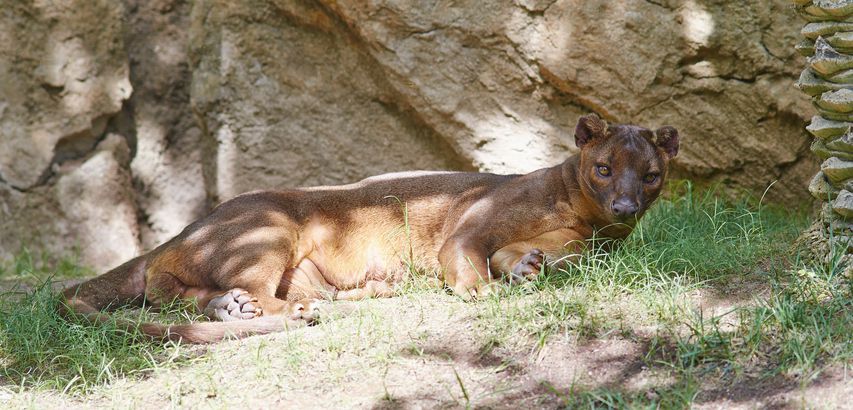
3) Aye-aye
The largest of all nocturnal primates in the world, aye-ayes have evolved to have opposable toes and long tails for a life in the trees. Endemic to Madagascar, they have long middle fingers which they use to tap trees before listening for insects living inside and using this digit to extract their prey.



4) Panther chameleon
Inhabiting a range of locations across Madagascar, panther chameleons’ coloring varies depending upon their habitat, with different parts of the island home to blue, red and even orange varieties. They can rotate their eyes independently of each other and catch prey using their sticky, long tongues.
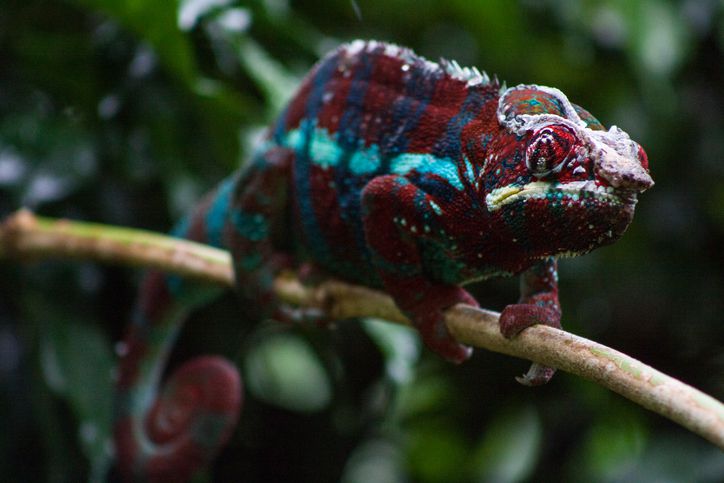


No comments yet
There are no comments on this post yet.


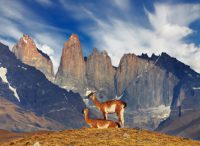

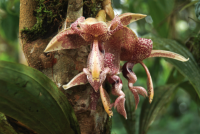
Leave a comment